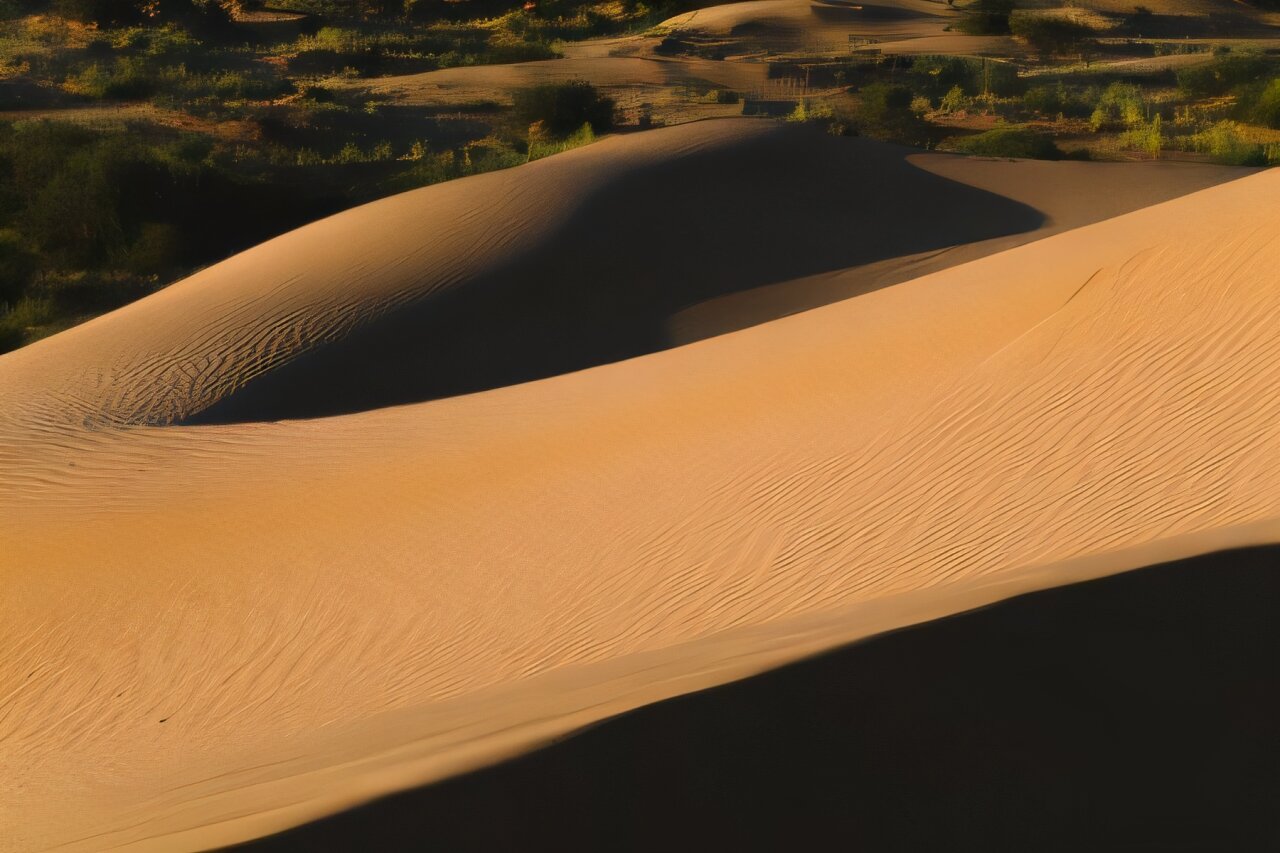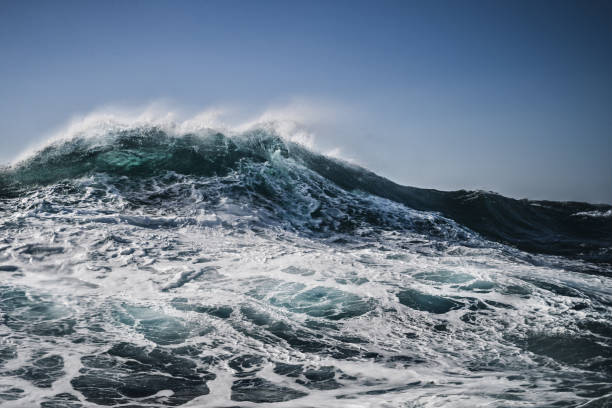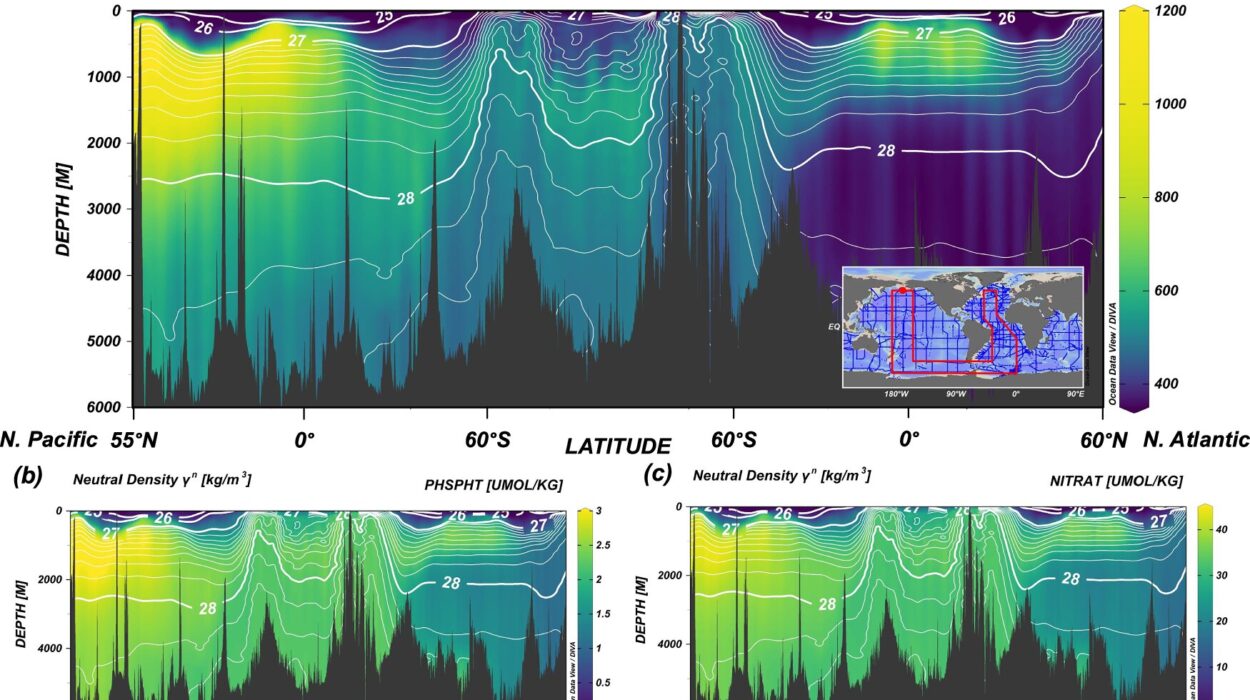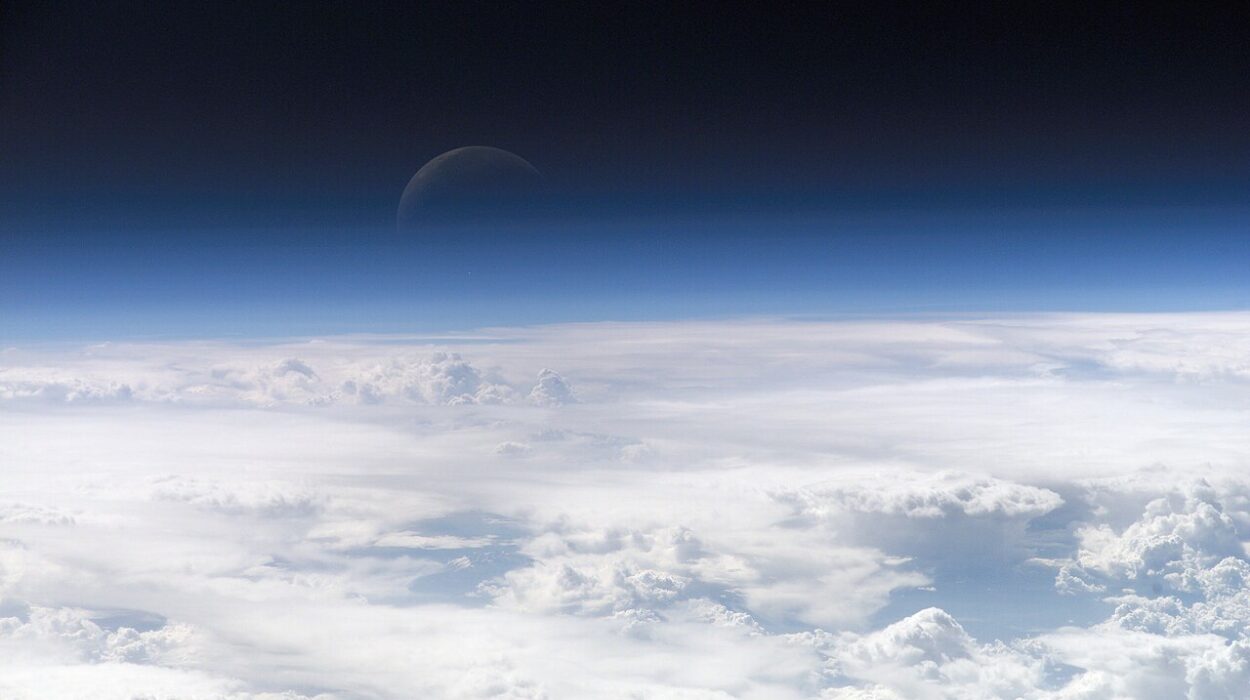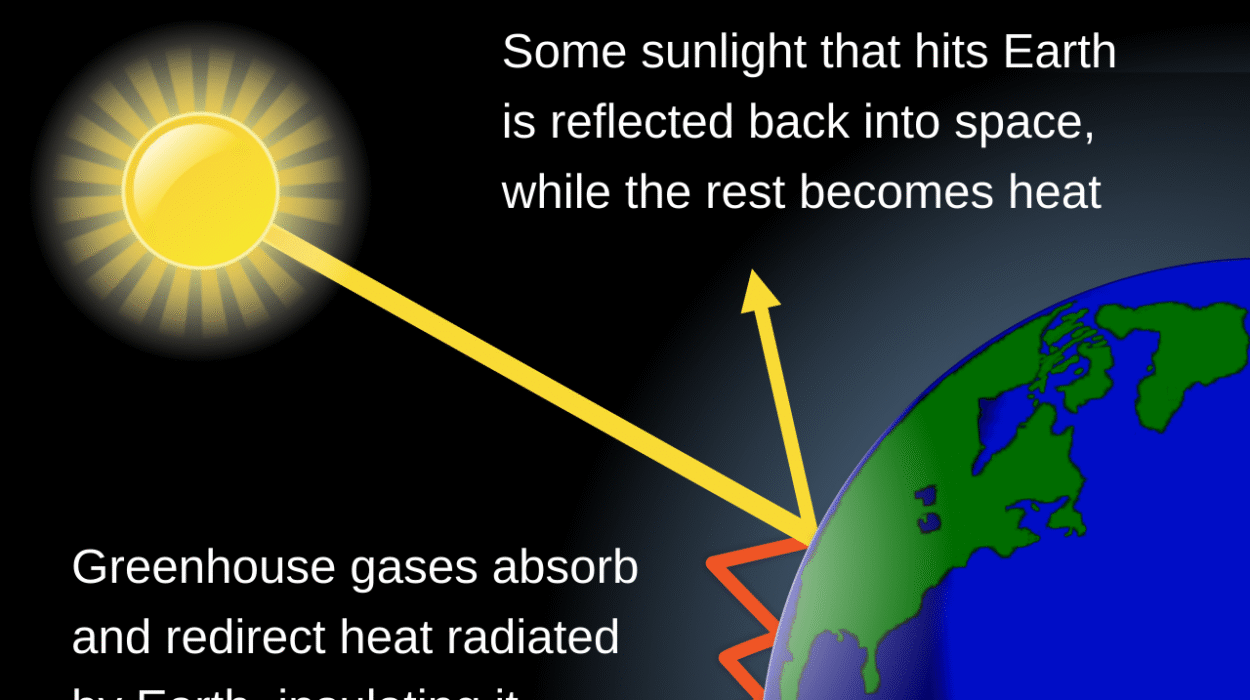For as long as people have watched sand move—underfoot in a desert, under waves in the sea, or in satellite images of Mars—scientists have known what dunes do but not what each grain feels. We could track the migration of a dune’s body across decades or minutes. We could infer wind direction from its shape. But the force acting on each individual grain, the physical push written into every tiny collision and slide, was considered unknowable. The numbers were too large, the instruments too crude, the grains too many.
A team of Brazilian researchers has now overturned that assumption. Using a mix of laboratory experiments, high-precision simulations, and artificial intelligence, they have developed a technique that extracts from an image not just form but the mechanical story behind it: an estimate of the force acting on every visible grain. The breakthrough, published in Geophysical Research Letters, rewrites what is measurable in granular physics—and opens the door to predicting physical processes that could never be probed directly by human instruments.
The method was tested on some of nature’s most elegant geomorphic signatures: barchan dunes, crescent-shaped sand bodies formed anywhere a directed fluid flow meets loose grains on an un-erodible floor. These forms emerge in deserts under wind, on the seafloor under currents, inside industrial pipelines, and even on the frozen red plains of Mars. They scale from centimeters to kilometers, from migrating in seconds to migrating in millennia, and yet the physics that builds them is consistent across worlds.
A Universal Shape Under Different Skies
Barchans are nature’s proof that physics repeats itself even when scale changes by 10 orders of magnitude. A dune just ten centimeters long in a water flume can form, deform, and translate in less than a minute. The same geometry, inflated to a hundred meters in Saharan sand, lumbers forward over a year. On Mars—where gravity is lower and the atmosphere thin—the same crescent geometry can reach a kilometer and may require a thousand years to drift.
This stability of pattern is precisely what makes dunes astrophysical instruments. If you know how a dune moves in a tank, you can infer how dunes on Mars move across centuries. By reading dune shape, scientists can reconstruct the winds of worlds they will never walk on.
But geometry alone is only half the story. The other half—granular force—was hidden.
An Impossible Measurement, Until It Wasn’t
To measure the force on a single grain directly, one would need to attach sensors the size of microbes to thousands or trillions of sand particles. That is not just impractical—it is physically impossible. A single lab dune can contain one hundred thousand grains; a desert dune can hold one quadrillion; a Martian dune, a hundred quadrillion.
Even using the best cameras and particle-tracking methods, physicists could only watch motion, not the forces that caused it. That missing layer has been the barrier between seeing dunes and understanding them.
The Brazilian team bypassed the impossibility not by shrinking sensors but by pairing reality with a twin in computation. They created laboratory dunes under water—where formation is rapid and observable—and then ran high-fidelity numerical simulations of every individual grain inside those dunes. These simulations tracked the motion and the force on every grain at every moment, producing “force maps” that no physical instrument could ever generate at scale.
They then paired each real image of a dune with the corresponding simulated force information and trained a convolutional neural network to learn the mapping between what a dune looks like and what forces must be acting beneath that visible surface. After training, the neural network could estimate force distributions from images alone—even for dune shapes it had never encountered before.
With that, what was once physically unmeasurable became computationally inferable.
Turning Mere Images into Physical Truth
A convolutional neural network is a kind of pattern learner that excels at extracting information from images. In medicine, it can detect tumors. In astronomy, it classifies galaxies. Here, it becomes something new: an instrument that sees not only what is there but what is happening there.
The network learned subtle cues in dune morphology—patterns in avalanche faces, crest sharpness, slip face slope, horn curvature—that correlate with variations in force across grains. Because it was trained on simulations that themselves faithfully reproduce observed dune dynamics, the AI’s predictions are grounded not in visual guesswork but in physics.
Perhaps most remarkably, the AI generalized. It was able to read the force distribution of dunes whose shapes did not appear in its training data. That means the model did not memorize; it understood structure in a transferable way.
That transferability is the difference between a clever trick and a scientific tool.
Why Exposing Grain-Scale Force Matters
Once you can see the stress landscape inside a moving dune, entire families of previously unsolved questions become accessible.
Force maps can explain why dunes split or merge, why some shapes persist and others collapse, how much sand a storm will relocate, when a harbor will silt in, or how a river mouth will choke. They can inform the design of infrastructures—ports, dams, pipelines, coastal defenses—whose failures cost billions and displace communities. They can help plan interventions before erosion becomes catastrophe.
Beyond Earth, the method becomes a way to reconstruct environmental history. With Mars images already archived at planetary scale, the same technique could decode wind intensity centuries in the past or project dune evolution far into the future without ever drilling a core or landing a rover.
And the approach is not limited to sand. Any granular matter—salt, snow, volcanic ash, industrial beads, crushed ore—can be analyzed if simulations can be built to mimic its motion.
The bridge is general: if you can see it and simulate it, you can learn its force.
From Curiosity to Capability
What makes this work notable is not only its technical novelty but the philosophy behind it. It is the epitome of basic research—work pursued not because a contract demanded it but because there existed a question that had previously been unanswerable. The collaboration drew on fluid mechanics, granular physics, computation, image learning, and experimental control, built over years and across institutions.
No commercial product emerges from this paper. No immediate policy is drafted from it. And yet, it enlarges the boundary of what science can know. It injects predictive power into environmental problems that cost nations money and stability. It equips planetary science with a new forensic instrument. It converts images into mechanics.
Most of all, it disproves the claim that some things are simply forever unmeasurable. With the right pairing of simulation and intelligence, the invisible becomes legible. Grain by grain, what was guesswork becomes calculation.
The dune that creeps across a desert on Earth or climbs slowly across Martian stone is not just a shape. It is an equation in motion. And for the first time, humanity has learned how to read it—not just with its eyes, but with its instruments of thought.
More information: R. F. Miotto et al, Resultant Force on Grains of a Real Sand Dune: How to Measure It?, Geophysical Research Letters (2025). DOI: 10.1029/2025gl116942
